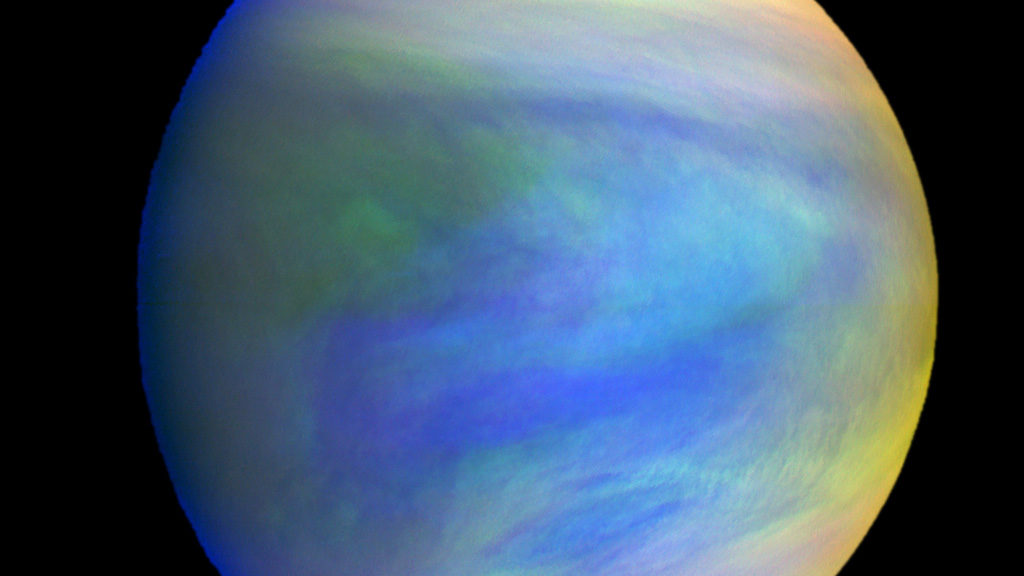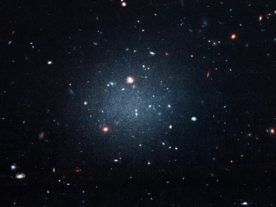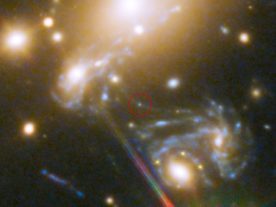The search for extraterrestrial life has included examining the possibilities within and outside of the solar system.
It has been thought that Mars and a couple of the moons of Saturn and Jupiter may hold the chance of having ET life.
It’s also thought by some that a number of Earthlike extrasolar or exoplanets residing in what has been called the habitable or Goldilocks zone could be harboring alien life.

Venus is one of the brightest objects in Earth’s nighttime sky because its thick white clouds reflect much of the sun’s light. The planet’s widespread clouds can be seen in this ultraviolet rendering. (NASA)
A study published by in the journal Astrobiology, suggests that we should also be looking at the possibility of microbial life existing in the clouds that blanket Venus.
Lead study author Sanjay Limaye, from the University of Wisconsin, Madison says there was plenty of time to allow life to evolve on its own on Venus.
He goes on to explain that according to some models, Venus once had liquid water on its surface and a habitable climate for as long as 2 billion years, much longer than what is thought to have occurred on Mars.
Another study author, David J. Smith of NASA’s Ames Research Center suggests that here on Earth microorganisms are capable of being carried off into the atmosphere, where they have been found alive at altitudes as high as 41 kilometers.
























Comments are closed.